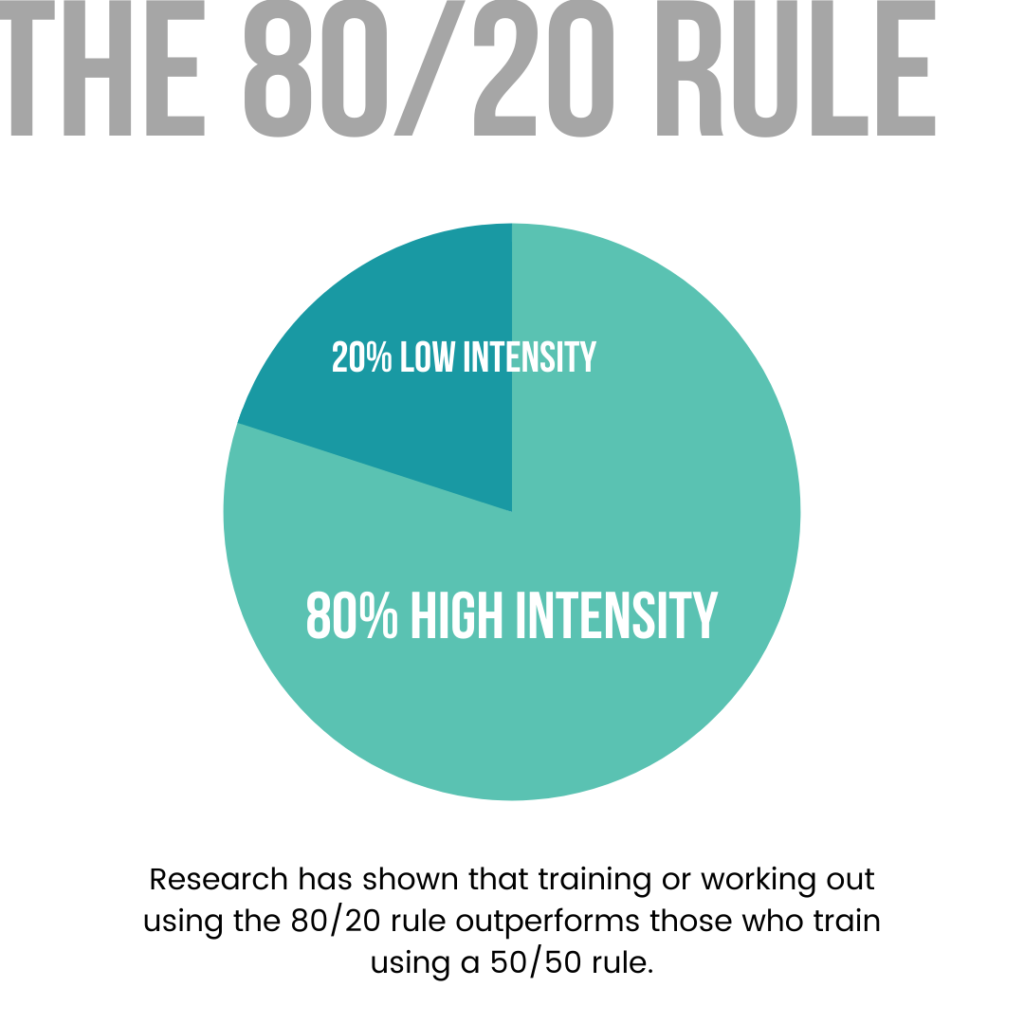
You know the feeling when you finally get into a good running routine? That feeling when you’re consistently making progress and developing a true passion for running?
Then one day, out of nowhere, you start to feel this pain in your leg. You brush it off and just keep running, hoping it will go away on its own.
But as the training days go by, the pain only gets worse.
Eventually it gets to the point where the pain is so bad you have to stop running. You rest for a few days, or maybe even a few weeks, to let your body heal. Once you feel pretty good, you start running again, only to feel the same pain come back!
What the heck!? What could be causing this and why didn’t it heal even after you took a break from running?
If any part of this story sounds like you, then you’ve found yourself in the right place. Today I’m going to share why this happens all too often, and 3 proven ways that will help you prevent and heal running injuries.
Why are running injuries so common?
Running injuries typically occur throughout the lower body, as the majority of physical stress and impact is focused there during this activity.
Most running injuries are overuse injuries, meaning too much stress is being placed on a particular body part without enough time for recovery. A small percentage of running injuries are related to trauma, such as a trip and fall (e.g. spraining your ankle).
Running is a very demanding activity for your body, and if you’re new to it, it’s normal to feel some level of discomfort or pain when you start. That being said, if your pain or discomfort feels unusual, or if it sticks around after you stop running, you should seek the help of a healthcare professional. While there is actually no way to completely prevent an injury, we can alter the following factors to reduce your injury risk:
- Running dosage (i.e. how much running, how intense, how frequent, etc.)
- Accessory training (i.e. resistance training, warm ups, stretching, etc.)
- Recovery (i.e. sleep, rest, nutrition, etc.)
Running Dosage
Running dosage is one of the most important considerations when it comes to injury risk. As mentioned before, the majority of running injuries are due to overuse. Most people tend to do too much running too soon, after doing too little for too long. This is one of the first things I discuss with injured runners. If you’re a new runner, it’s very important that you start low and go slow.
What I mean here is that you should start with running very short distances, and your progression should be minimal each week. This is also true for advanced runners, although they may have a better sense of what an appropriate progression looks like for them. When experienced runners develop an injury, it’s often around the same time they change their running program.
A good rule of thumb is to progress around 10% each week in either running volume or intensity. For example, if you ran a total of 15km this week, then next week you can progress to running a total of 16.5km. If you’re a beginner, you may be able to progress faster than this at first. However, research indicates that if your weekly progression is above 30%, your risk of injury significantly increases.
In addition to your weekly progressions, it’s important to consider the frequency and intensity of your runs.
Our body generally needs at least 48 hours of rest to recover from a strenuous activity like running. So, if you find yourself running on back to back days, your injury risk will be significantly higher than if you take a rest day in between.
This is a tough rule to follow as a beginner, as your runs may be shorter so you feel like you can run back to back days. Instead, it’s a better option to cross train (i.e. train something else other than running, like cycling) or workout your upper body if you want to stay active. Our running intensity is another factor that affects injury risk.
A common misconception is that we should be training at a high intensity all the time. In fact, the opposite is true. The famous “80/20 rule” suggests that 80% of our training should actually be at low to moderate intensity, while 20% of our training should be at moderate to high intensity.
This rule was developed after a research study found that individuals who trained using this method outperformed individuals who trained at high intensity 50% of the time and at low intensity 50% of the time.
This also works in our favour, as spending more time training at higher intensities also increases our risk of injury. So, if you want to optimize performance and reduce injury risk, training at low to moderate intensities most of the time is the way to go!
Accessory Training
One of the age-old questions I get asked all the time as a physiotherapist is: What is the best way for me to warm up? While it’s quite common knowledge that warming up prior to exercise is important to reduce injury risk, the best type of warm up is often debated. Stretching is one option that can be great for warming up your body prior to a run. That being said, it’s important to consider exactly what type of stretching will be helpful. We typically have two main options for stretching: static and dynamic. Static stretching involves positioning your body into a stretch and holding it there for a certain length of time, usually around 10 to 60 seconds.
Dynamic stretching involves positioning your body to move into and out of a stretch repeatedly for a certain number of repetitions. The current research has found mixed results, but the majority suggests that static stretching prior to a workout may reduce power output compared to dynamic stretching. Furthermore, dynamic stretching has shown equal benefits to static stretching for range of motion. With that being said, some research suggests that only static stretching for long durations (i.e. 1 minute or more) will have negative impacts on performance.
Thus, it seems dynamic stretching is a good option for a warm up prior to running, but static stretching is okay too, as long as the length of time is kept short. Light aerobic exercise, such as walking, has also been shown to be an effective warm up prior to running.
While running is an amazing workout, resistance training is imperative for all runners. Current research shows us that resistance training not only reduces our injury risk, but it also can improve our running performance! It’s a no-brainer that with these effects, everyone should be including resistance training in their running program.
Running Injury Recovery
The final section of this post has to do with the all-too-often undervalued aspect of training: recovery. We can only train as well as we can recover from our previous training session. Thus, it is critical to consider how effective our recovery is when trying to not only prevent injury, but also improve performance!
We need to consider that our sleep, rest, nutrition, and even stress levels may contribute to our risk of injury. If we truly want to reduce our injury risk, we need to make sure that we are getting enough high quality sleep, managing our stress appropriately, being mindful of what we are eating and drinking, and giving ourselves adequate rest between training sessions.
Good rules of thumb are to aim for 7-9 hours of sleep each night and to follow Canada’s Food Guide for dietary choices, including lots of protein for recovery!
Managing stress can be very difficult for many of us. Some helpful strategies include meditation, getting outside, taking breaks, and making sure to spend some time each day on hobbies or activities that are meaningful to you outside of work. Finally, appropriate rest times will vary for everyone, but if you’re ever unsure, give yourself that extra rest day.
Conclusion
In conclusion, we can never fully prevent injury, but there are many strategies we can follow to help reduce our risk of injury. Always keep in mind running dosage, accessory training, and recovery when considering injury risk. If you’re ever unsure, going back to the basics of healthy living can always be helpful. Are you sleeping enough, resting enough, and eating appropriately?
Still not sure what to expect with running and injury prevention? Call us at 519-895-2020, or use our online booking tool on www.strivept.ca to book an appointment with one of our knowledgeable physiotherapists, and they will be sure to help you understand your injury.
Cheers,
Liam Newlands
Physiotherapist at Strive Physiotherapy and Performance
Resources:
https://www.ncbi.nlm.nih.gov/pmc/articles/PMC6253751/#B23 (increase in loads = injury)
https://www.jospt.org/doi/full/10.2519/jospt.2014.5164 (>30% increase = injury)
https://www.researchgate.net/publication/237096628_Does_Polarized_Training_Improve_Performance_in_Recreational_Runners (80/20)
https://pubmed.ncbi.nlm.nih.gov/30758171/ (high intensity training = increased injury)
https://pubmed.ncbi.nlm.nih.gov/19675479/
https://pubmed.ncbi.nlm.nih.gov/21373870/
https://pubmed.ncbi.nlm.nih.gov/26642915/(static vs dynamic stretching)
https://pubmed.ncbi.nlm.nih.gov/28544858/ Strengthening improves performance
https://bjsm.bmj.com/content/48/11/871 (strengthening reduces injury risk)
